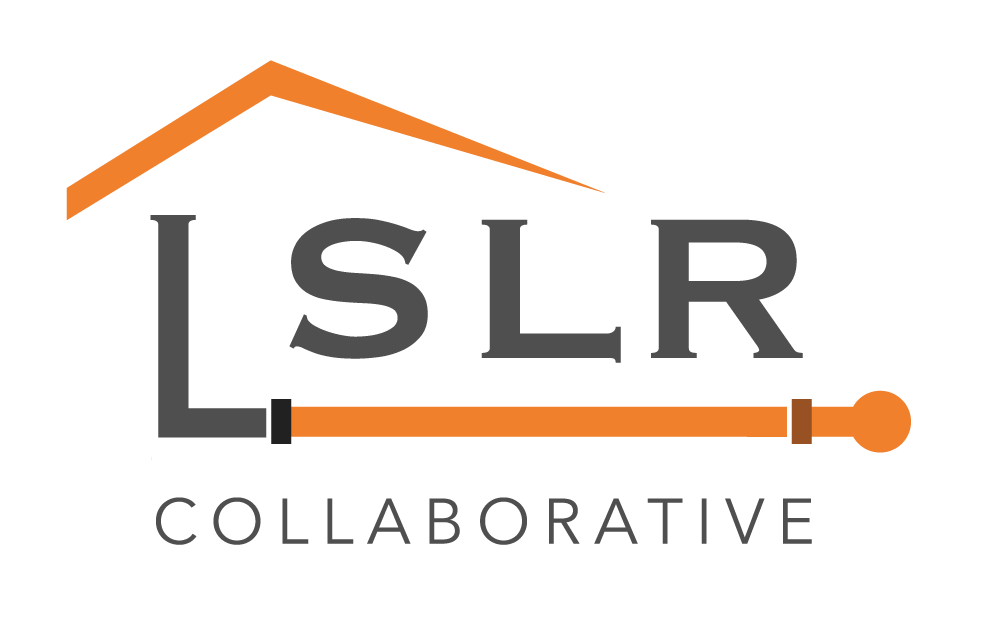|
Michael Phillis
The Washington Post Read the full article. The Environmental Protection Agency on Thursday approved a nearly $700 million plan to remove all lead water pipes in the Denver region, saying the local water utility’s approach for reducing lead levels is succeeding and making swift progress. It’s a recognition that cities can effectively address the lead pipe crisis if they try. Lead water lines are a major source of lead poisoning. The metal causes brain damage and the agency says no amount is safe for children’s bodies. Denver’s water had high levels of lead a decade ago, testing showed. In response, local officials promised in 2020 to replace between 64,000 and 84,000 lead pipes in 15 years, a comparatively fast pace. To make sure people aren’t getting lead poisoning in the meantime, they also promised to hand out lead-removing filters to residents. So far the utility has dug up 15,000 lead pipes. Comments are closed.
|
Have a suggestion for an article or blog to add?
Let us know! Type
All
Date
April 2023
|


 RSS Feed
RSS Feed